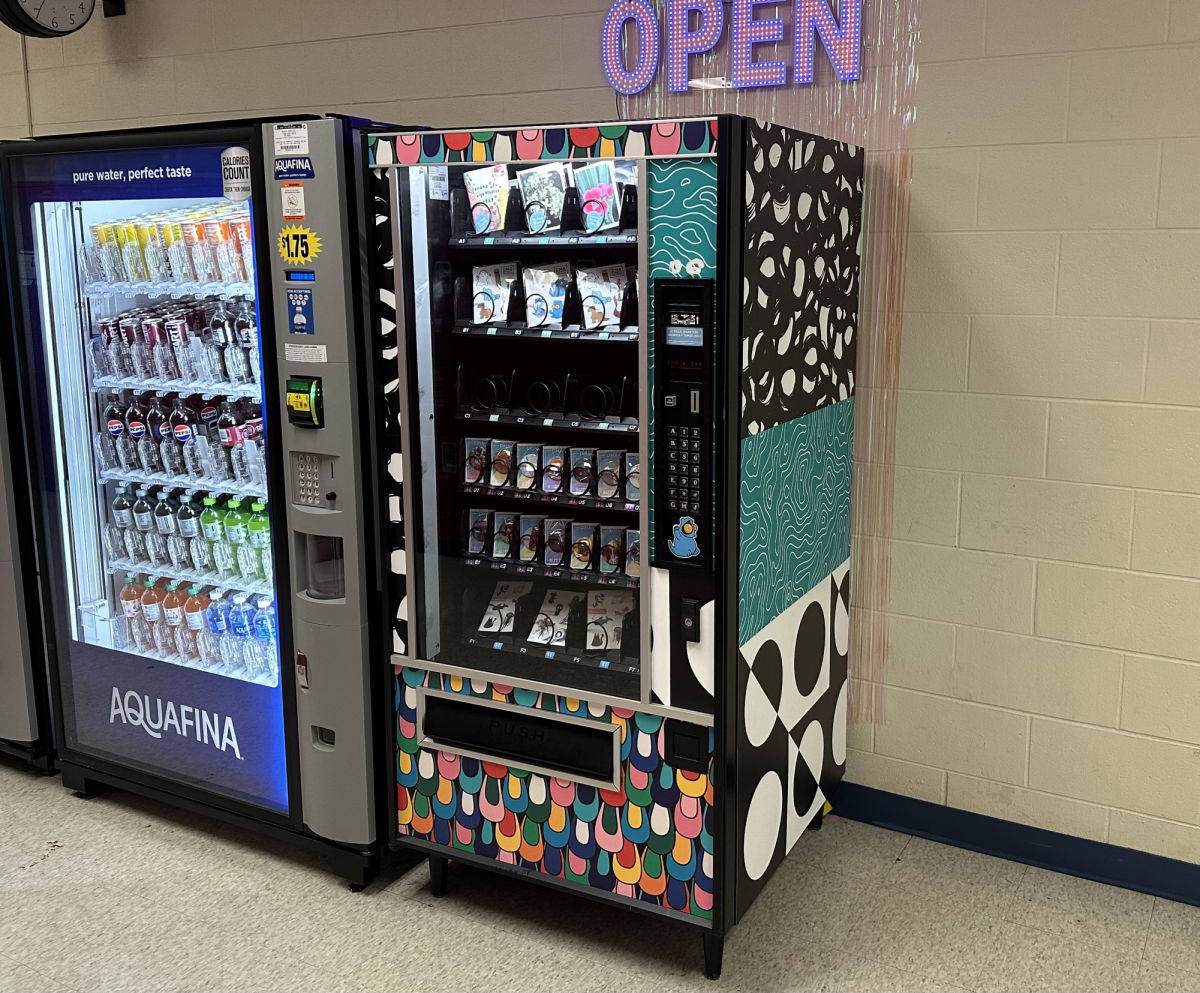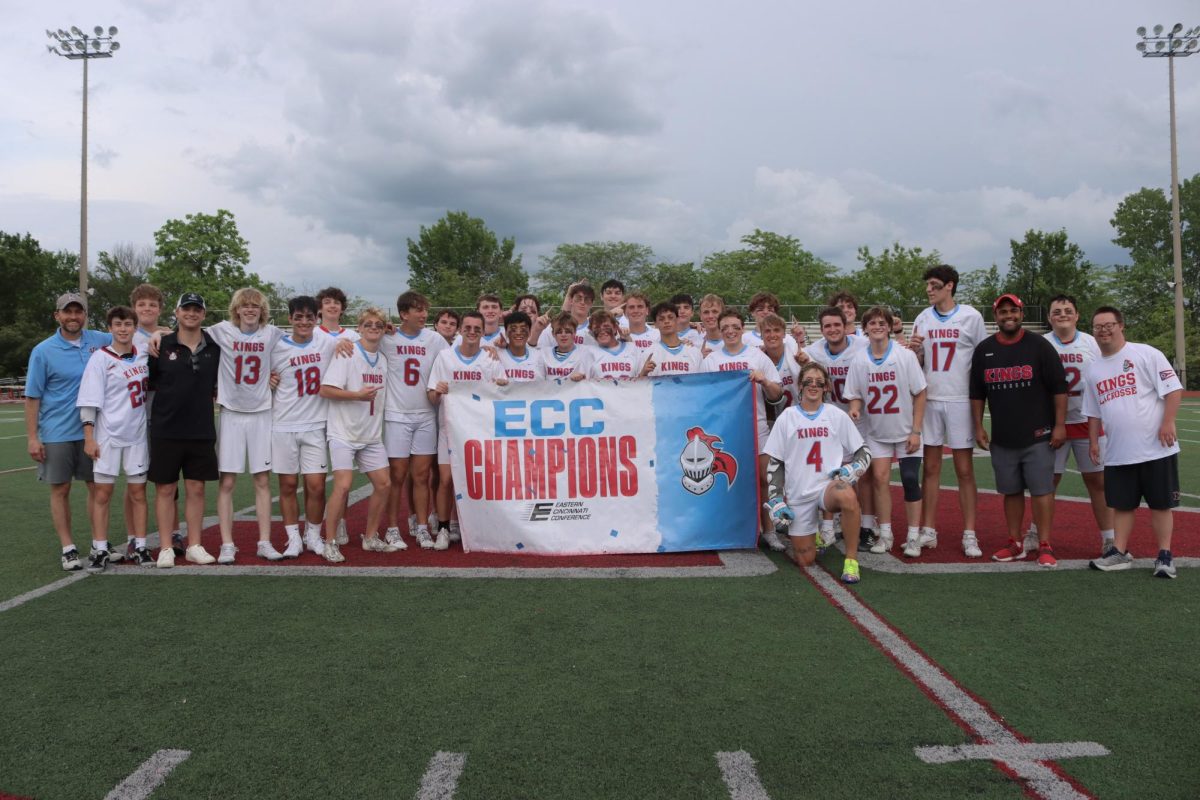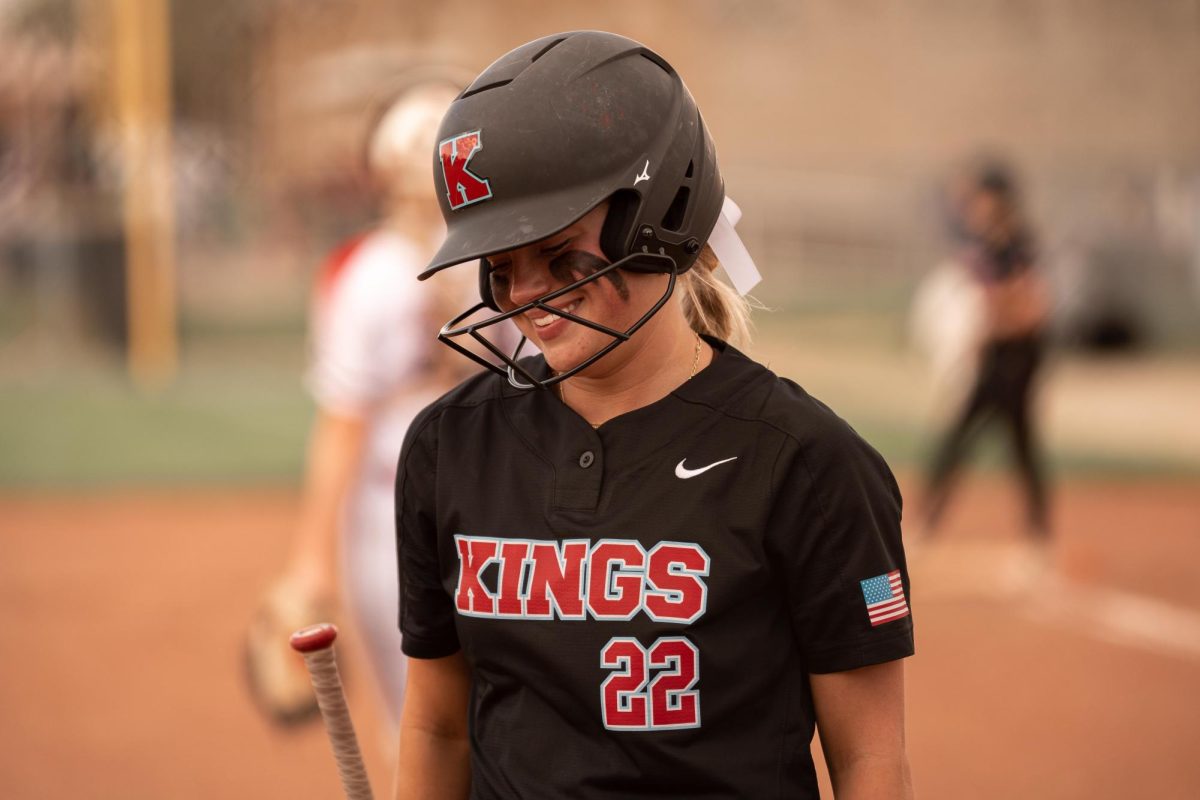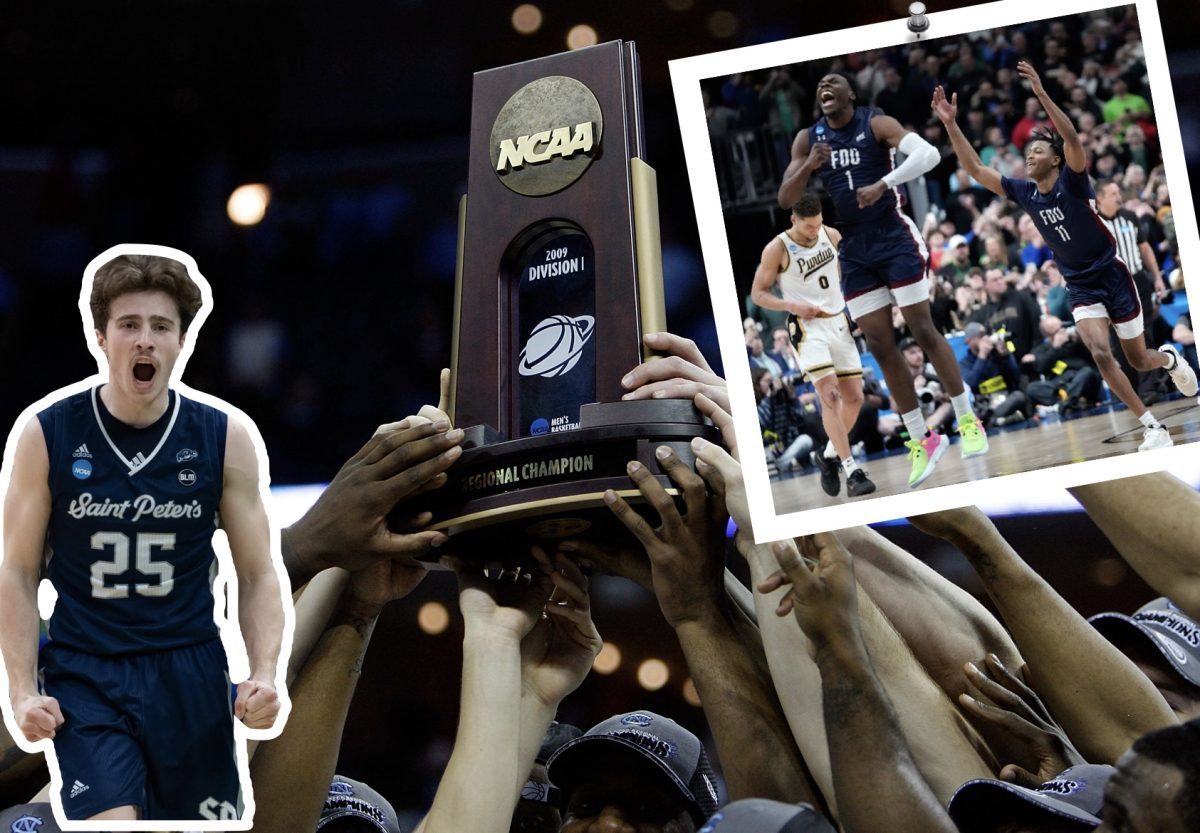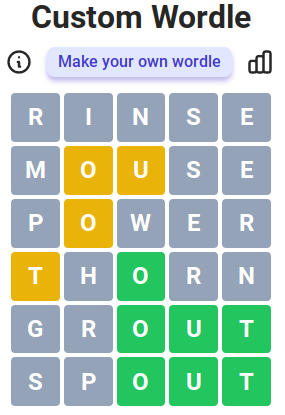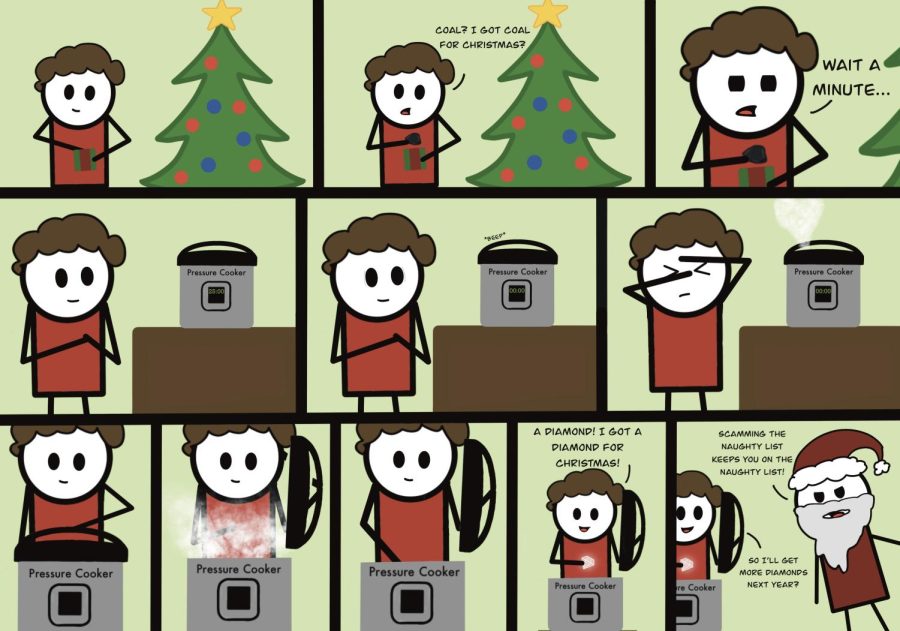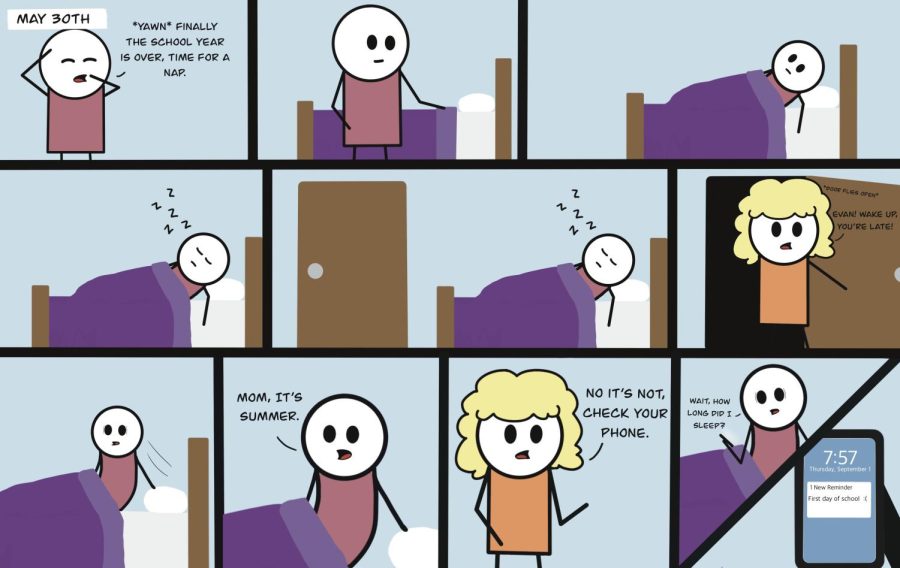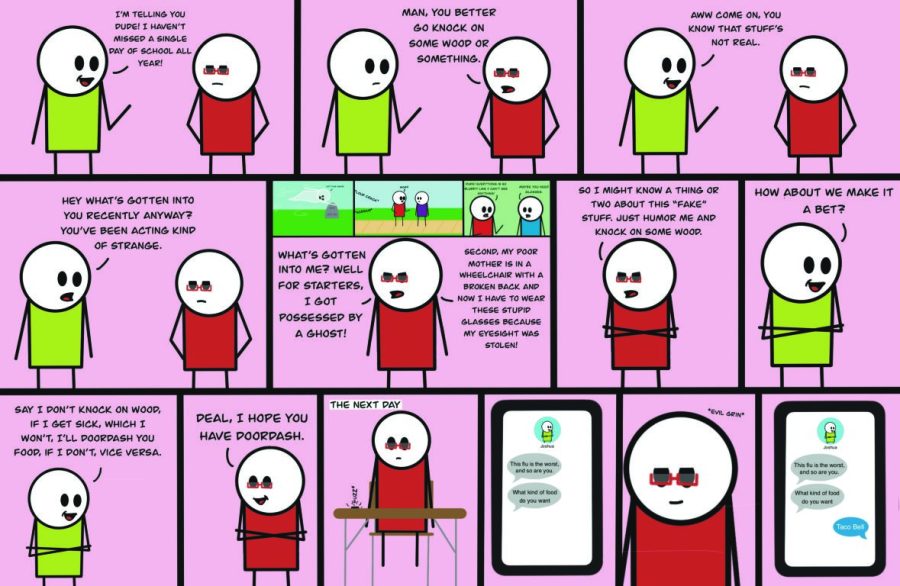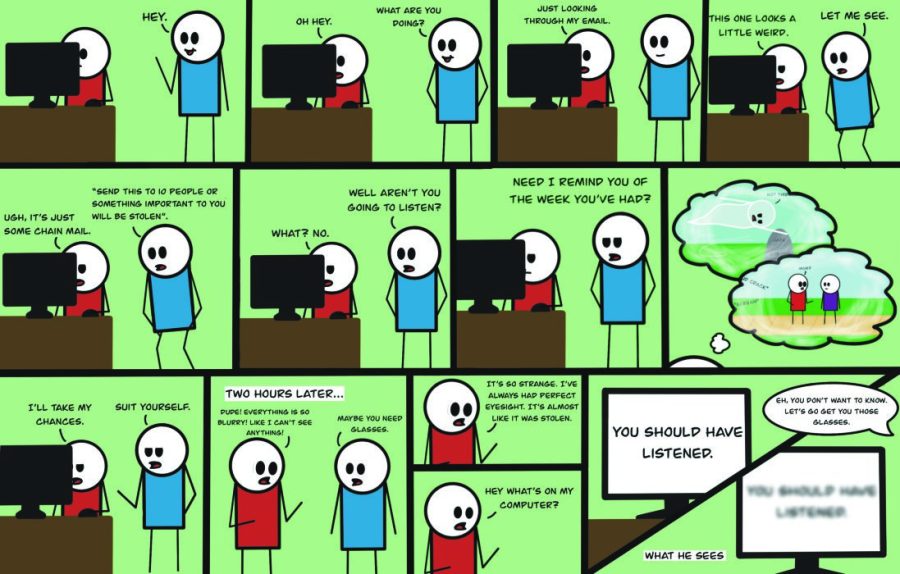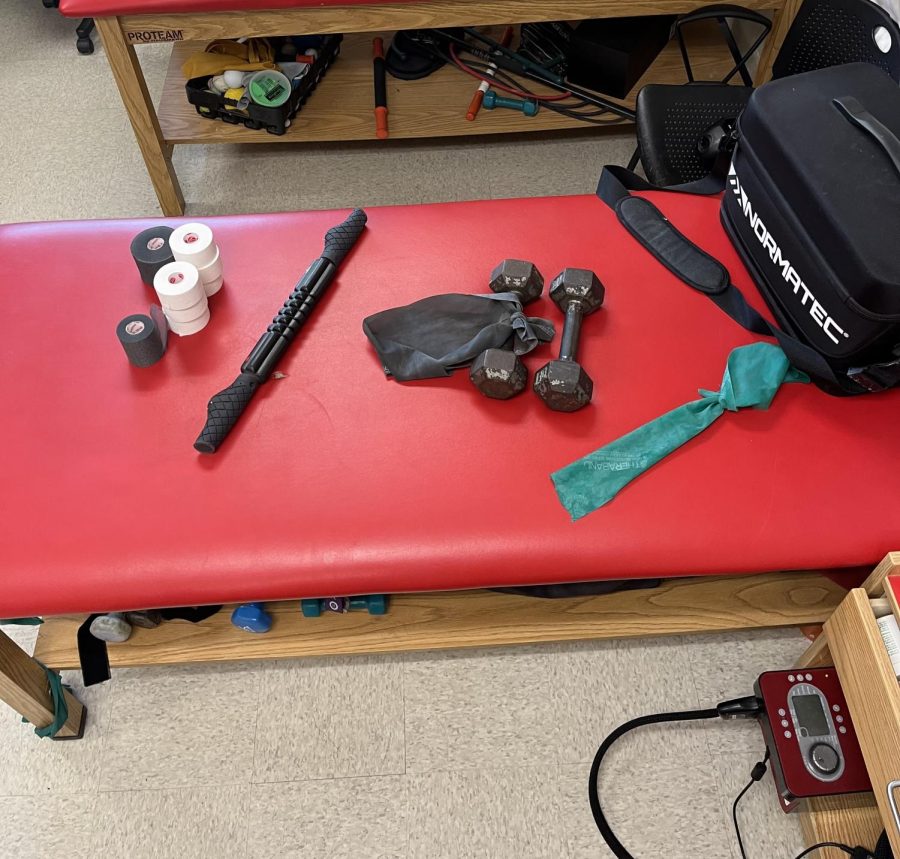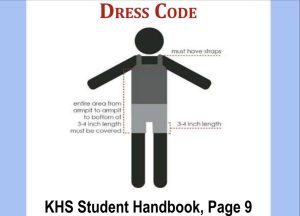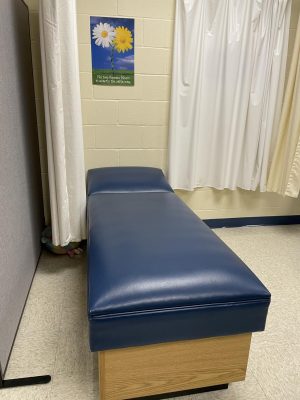Irreversible damage: Young athletes push through injuries
The proper tools to assess injuries atheletes may face lay waiting for them.
February 8, 2023
The office was packed full of young athletes, waiting to get examined and then continue on with the seasonal grind of their sports. These athletes constantly play through pain, putting their team before themselves and further wearing down their bodies. These athletes don’t want to be looked at as weak, they want to continue playing so they can achieve that dream of making it to the pros. Little do they know, they are further damaging the chances of playing high-level sports by staying in the game. The young athletes of this generation have as much wear and tear as a pro sports veterans from previous generations.
Mike Olds, the athletic trainer for Kings High School, deals with the injuries that these young athletes suffer on a day-to-day basis.
“Injuries come in all shapes and sizes. Each injury has a unique treatment plan. Each sport sees a certain category of injuries that affect the participants. For instance, like football, basketball, soccer, those kinds of sports, you’ll see some finger injuries because you’re catching a ball or receiving a ball to some degree. Whereas swimming is a really unique sport. You know you’re in water, there isn’t a lot of impact with the ground, so you’ll see muscular injuries rather than like bony breaks from swimming. Injuries need to be treated properly to not cause more damage,” Olds said.
Madison Williams, a senior, suffered an injury to her collarbone during a softball game.
“It was during the junior highs first softball tournament of the season. My injury was caused by me diving into my teammate for the ball and my collarbone hit her hip bone. I had to get surgery which was them putting a plate and seven screws on my collarbone,” said Williams.
The amount of time needed for an athlete to finish the full recovery process varies from injury to injury. Recovery processes often have to go through multiple medical professionals and they each have to play a certain part to build the athletes injury back up. As the National Library of Medicine states, injury recovery is not a linear progress, it is often a haphazard process that involves positives and negatives occurring daily.
“The recovery process was the worst. I was in a sling for months and I had to sleep on this pillow that made me sit up. And I had to take 17 pills a day to make the pain manageable,” said Williams.
Nationwide Childrens stated that concussions’ symptoms are physical and mental, including concentration issues, headaches, dizziness, fatigue and trouble remembering. Thousands of high school athletes have been concussed, most notably in Football, Soccer, and Ice Hockey. In 1976, the NCAA outlawed tackling with use of the head. According to Nationwide Childrens, the annual number of head and neck injuries declined by 50%.
Olds has seen how concussion treatment has changed throughout the years.
“People didn’t hear a lot about it because it was just classified as getting your bell rung or something,” Olds stated.
When diagnosing a concussion, Olds says looking at the brain is the key. “You’ll get a CT scan like a picture or an MRI,” Olds said.
“Treatment also depends on if the concussion is mild or more severe. Severe concussions take more effort to treat and are usually done by hospitals and not school athletic trainers,” Olds said.
One topic that has been brought up relating to head injuries in sports is the condition known as Chronic Traumatic Encephalopathy or CTE. The main problem with CTE is that the condition is so new to the medical field that doctors at Mayo Clinic have only diagnosed CTE after death. CTE is very dangerous for athletes, especially football players.The LEGEND study is a study that was conducted at the University of Boston. It focused on the effects of repetitive head impacts. The LEGEND Study states that symptoms can include Aggression, impaired judgment, memory loss, impulse control problems, progressive dementia, anxiety, depression, parkinson and suicidality. Plenty of younger football players could be suffering from this condition without it being diagnosed and treated. CTE is only considered a risk of playing the game and not recognized as a serious injury, as the first NFL player to suffer from CTE, Mike Webster, died in 2002.
Though injuries are very common, athletic trainers at all levels try their best to keep athletes as healthy and able-bodied as they can be. Olds bears this responsibility for high school athletes. He has noticed high school athletes are fighting against each other to get that prized college scholarship.
“You didn’t have a ton of young athletes playing sports all year round. Everyone wants that scholarship. Everyone wants to be the best they can be. But there gets to a point where it’s like you’re overdoing it,” Olds said.
According to the CDC, more than 3.5 million children under the age of 14 receive treatment for sports injuries annually, with more than half of those injuries preventable.
In 2021, a study by the SFIA found that only one-third of coaches had received training on physical conditioning or injury prevention. The same study found that only one-fourth of coaches receive training on managing concussions.
In 2017, the Aspen Institute conducted a report on parents’ views on coaching in the western area of New York. Numerous parents in western New York were consistent in their criticism of coaches being overly focused on winning. Parents have started to be more aware of the injuries related to sports, leaving them in a state of uncertainty. A survey conducted by espnW and the Aspen Institute discovered that nine out of 10 parents have concerns about risk of injury, translating to 87.9% of parents.
Not everything is negative. A Smoll and Smith study conducted in 1992, has shown the value of coaching. When coaches were trained properly and communicated well with kids, only 5% of them decided to not play sports again. With untrained coaches, 26% of the kids left the team. Good personnel reduced injuries. trained coaches along with good teammates allow children to continue enjoying sports and parents to not have to fear injuries.
“My teammates were incredibly supportive. They definitely helped keep my spirits up through the whole process of my surgery and the pain I was going through,” said Williams.





